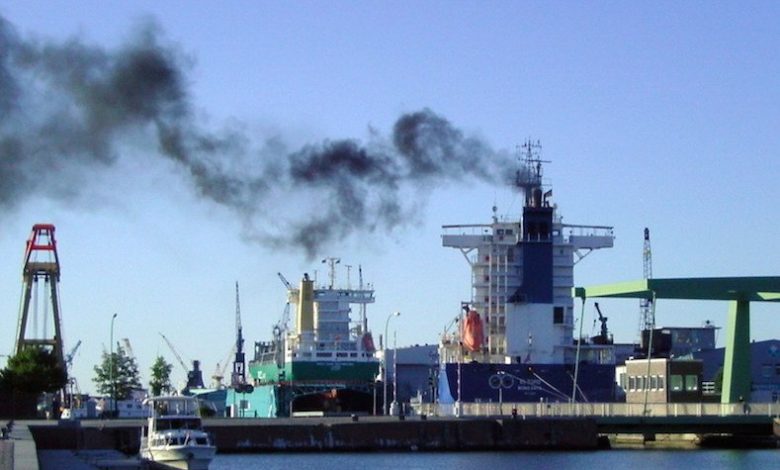Incentive schemes for promoting green shipping

Renilde Becqué from the Natural Resources Defense Council takes a look at what ports are doing to financially encourage shipowners to cut emissions at shore.
With 40% of the world’s population living within 100 km of a coast, millions of people are subject to air pollution from ships in ports and coastal waters and studies have shown that these pollutants can travel hundreds of kilometers inland. Recognising ships as a large contributing source to local air pollution, an increasing number of ports in Europe, North America and parts of Asia have in recent years introduced or adopted incentive programs to encourage ships to use cleaner marine fuels or in other ways reduce air emissions while in the port area. Many of these incentive schemes have been developed by the industry itself, rather than by government.
Participating ports hand out discounts from 5% to as much as 47% on harbour dues for eligible ships. Nonetheless, with the introduction of and gradual tightening of emission limits for Emission Control Areas (ECAs), which regulate sulfur and/or nitrogen emissions in the Baltic Sea, North Sea, North America and the US Caribbean – while China is currently introducing three domestic ECAs (DECAs) – these air emissions have in part become less of a concern for ports located in an ECA (or DECA) zone. Despite this, the number of ports having incentive programs in place is still on the rise, with ports keen to encourage enhanced performance from vessels calling at their ports beyond the ECA mandated permissible emission levels, as well as for air emissions not effectively covered by the ECA, such as particulate matter and carbon.
Recent developments have fuelled even great interest in the potential role incentives provided by ports can play in curbing carbon emissions. Reasons range from shipping not being included in the 2015 Paris Accord to curb global warming; relative inertia on the side of IMO to more rapidly start addressing carbon emissions from shipping, which if left unaddressed could shoot up as much as 250% by 2050 as the world’s population grows and economies expand; and parties such as the European Union and the OECD looking for ways to slash carbon in the absence of near-future action by IMO.
As the primary connection between ships and land-based suppliers and buyers of goods, ports fulfill a critical role in the supply chain and may be able to leverage that position to reward cleaner ships. This doesn’t take away that funding can be a hurdle ports face in introducing incentive schemes. Many ports design their incentive schemes to be cost-neutral, slightly raising the harbour dues for non-qualifying ships to offset the costs of providing discounts to qualifying, cleaner ships, therewith not drawing on and having to justify using public money to pay for the scheme.
Another challenge is to attract ships to join the incentive schemes. An incentive program initiated by only one port city offers limited financial benefits for shipowners and operators, as eligibility criteria and reporting processes vary at different ports, leading to a higher administrative burden for both ports and ships. In recognition of the value of having multiple ports along major shipping routes or in the same country collaborate, schemes have been developed to suit this purpose. The resulting increase in uptake not only creates greater environmental and health benefits for port cities and can cement the port’s reputation as a good steward, but can also help build critical global mass for enhanced environmental performance of ships and spur greater demand for the suppliers of green shipping solutions.
Notwithstanding this, with multiple schemes operating in the market, it’s easy to become confused as to the purpose, workings, and differences between these programs. To provide both ports and shipowners/ operators with better insight in the main schemes used by ports to reward cleaner ships – with information ranging from which data are required for a ship to qualify, to how a port can become an incentive provider – Natural Resources Defense Council (NRDC) recently published a discussion paper on Incentive Schemes to Promote Green Shipping (linked at the end of this article).
The paper covers four industry-initiated programs, being the Environmental Ship Index (ESI), Clean Shipping Index (CSI), GHG Emissions Rating, and Green Award; three country-wide incentive programs, adopted by Norway, Sweden and Singapore; plus two examples of ‘blended’ incentive programs, whereby ports have adopted some or all of the mentioned industry-initiated programs, in order to increase the pool of vessels calling at their port that could be eligible for discounts. The authors herewith hope to make a valuable contribution to the discussion and increased interest around the use and usability of port incentive schemes in order to set shipping on a cleaner trajectory.
To read the full paper, click here.
